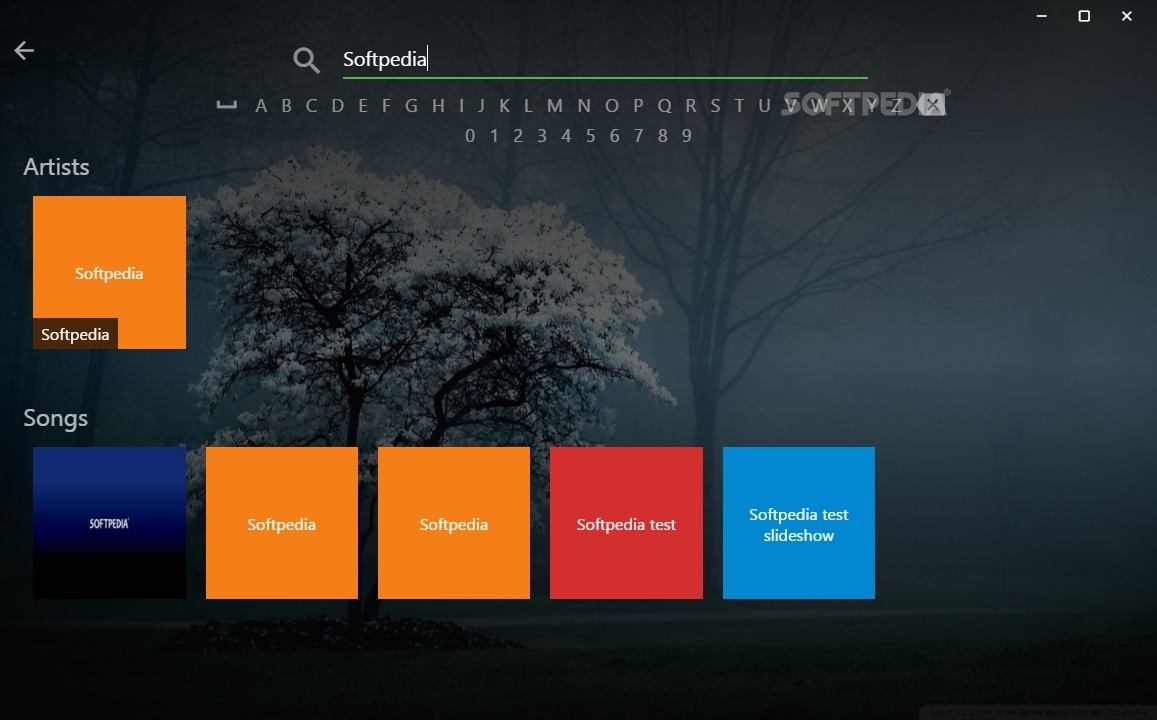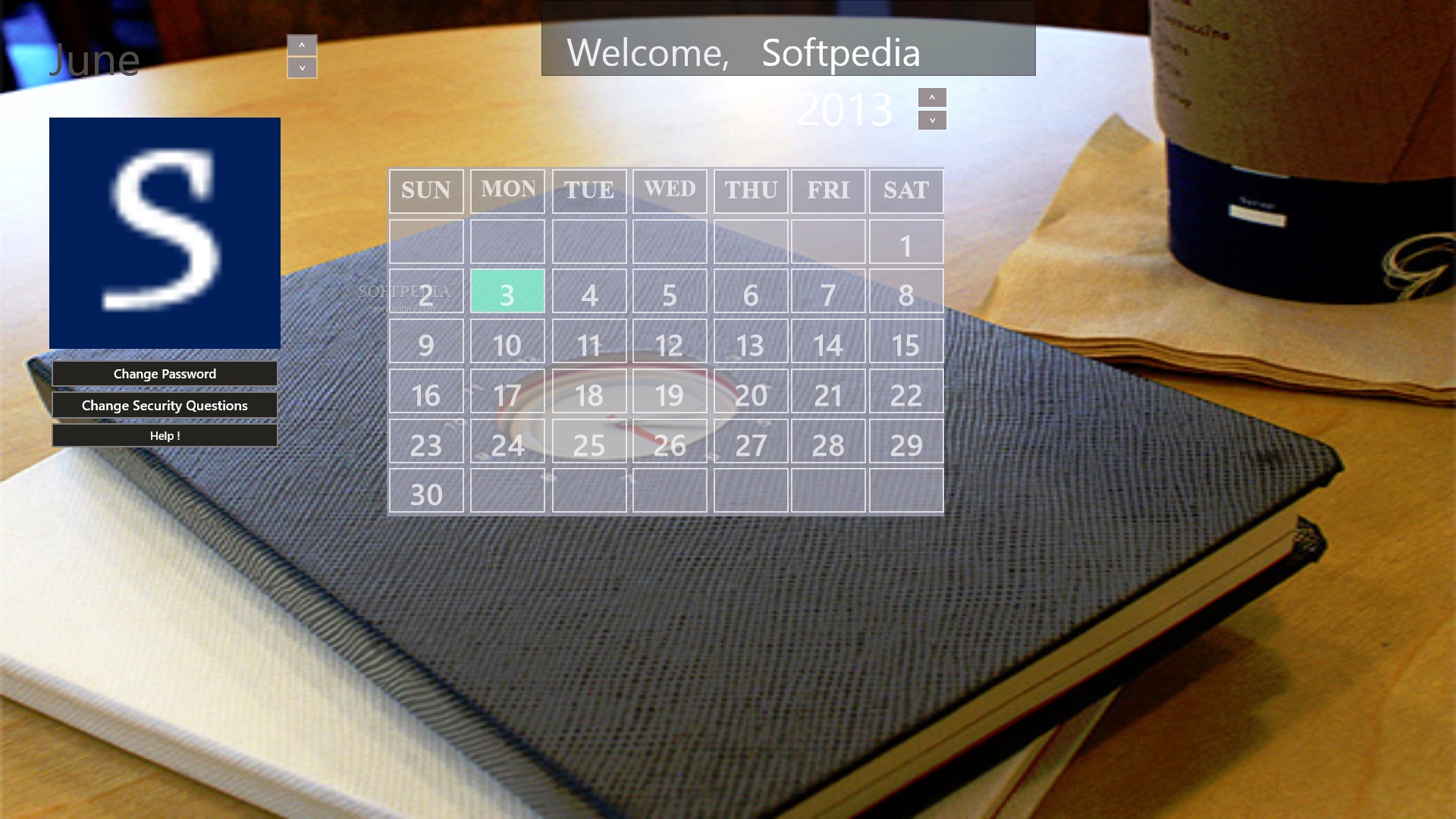- Windows 10 VM Image From A Windows 10 Machine. If the above option doesn’t suit and you want a VM image that runs Windows 10 32-bit or that doesn’t expire after 90 days you’re going to need access to an actual Windows 10 machine running the version of Windows 10 that you want to create a VM machine for.
- Windows 10 comes in either 32-bit or 64-bit arch. Whichever version you have, make sure to insert the DVD or copy the ISO image on the host computer running VirtualBox software. Whichever version you have, make sure to insert the DVD or copy the ISO image on the host computer running VirtualBox software.
Install Home Assistant Operating System
Download the appropriate image
VirtualBox (.vdi)
KVM (.qcow2)
Vmware Workstation (.vmdk)
Hyper-V (.vhdx)
Follow this guide if you already are running a supported virtual machine hypervisor. If you are not familiar with virtual machines we recommend installation Home Assistant OS directly on a Raspberry Pi or an ODROID.
Select the ISO image file of your Windows Vista Ultimate SP2 32/64 Bit system or the image file you downloaded from the table below the article and click the Open button. Step 17 After adding the image file of the system to your virtual system, close the settings window after checking your settings for the last time. Windows 8 (32-bit and 64-bit) Windows 8.1 (32-bit and 64-bit) Windows 10 RTM build 10240 (32-bit and 64-bit) Windows Server 2012 (64-bit) Windows Server 2012 R2 (64-bit) Windows Server 2016 (64-bit) 1 Support for 64-bit Windows was added with VirtualBox 1.5. Support for Windows XP was removed with VirtualBox 5.0. Support for Windows Vista was. VirtualBox is a general-purpose full virtualizer for x86 hardware, targeted at server, desktop and embedded use.For a thorough introduction to virtualization and VirtualBox.
Create the Virtual Machine
Load the appliance image into your virtual machine hypervisor. (Note: You are free to assign as much resources as you wish to the VM, please assign enough based on your add-on needs)
Windows 10 32 Bit Download Full Version

Minimum recommended assignments:
- 2GB RAM
- 32GB Storage
- 2vCPU
All these can be extended if your usage calls for more resources.
Hypervisor specific configuration
- Create a new virtual machine
- Select “Other Linux (64Bit)
- Select “Use an existing virtual hard disk file”, select the VDI file from above
- Edit the “Settings” of the VM and go “System” then Motherboard and Enable EFI
- Then “Network” “Adapter 1” Bridged and your adapter.
- Create a new virtual machine in
virt-manager - Select “Import existing disk image”, provide the path to the QCOW2 image above
- Choose “Generic Default” for the operating system
- Check the box for “Customize configuration before install”
- Select your bridge under “Network Selection”
- Under customization select “Overview” -> “Firmware” -> “UEFI x86_64: …”.****
- Create a new virtual machine
- Select “Custom”, make it compatible with the default of Workstation and ESX
- Choose “I will install the operating system later”, select “Linux” -> “Other Linux 5.x or later kernel 64-bit”
- Select “Use Bridged Networking”
- Select “Use an existing virtual disk” and select the VMDK file above,
After creation of VM go to “Settings” and “Options” then “Advanced” and select “Firmware type” to “UEFI”.
- Create a new virtual machine
- Select “Generation 2”
- Select “Connection -> “Your Virtual Switch that is bridged”
- Select “Use an existing virtual hard disk” and select the VHDX file from above
After creation go to “Settings” -> “Security” and deselect “Enable Secure Boot”.
Start up your Virtual Machine
- Start the Virtual Machine
- Observe the boot process of Home Assistant Operating System
- Once completed you will be able to reach Home Assistant on homeassistant.local:8123. If you are running an older Windows version or have a stricter network configuration, you might need to access Home Assistant at homeassistant:8123 or
http://X.X.X.X:8123(replace X.X.X.X with your ’s IP address).
With the Home Assistant Operating System installed and accessible you can continue with onboarding.
Onboarding
Install Home Assistant Core
Install WSL
To install Home Assistant Core on Windows, you will need to use the Windows Subsystem for Linux (WSL). Follow the WSL installation instructions and install Ubuntu from the Windows Store.
As an alternative, Home Assistant OS can be installed in a Linux guest VM. Running Home Assistant Core directly on Windows is not supported.

 Prerequisites
PrerequisitesThis guide assumes that you already have an operating system setup and have installed Python 3.8 (including the package python3-dev) or newer.
Install dependencies
Virtualbox Windows 10 64 Bit
Before you start make sure your system is fully updated, all packages in this guide are installed with apt, if your OS does not have that, look for alternatives.
Install the dependencies:
Create an account
Add an account for Home Assistant Core called homeassistant.Since this account is only for running Home Assistant Core the extra arguments of -rm is added to create a system account and create a home directory.
Create the virtual environment
First we will create a directory for the installation of Home Assistant Core and change the owner to the homeassistant account.

Next up is to create and change to a virtual environment for Home Assistant Core. This will be done as the homeassistant account.
Oracle Virtualbox Download 32 Bit
Once you have activated the virtual environment (notice the prompt change to (homeassistant) [email protected]:/srv/homeassistant $) you will need to run the following command to install a required Python package.
Once you have installed the required Python package it is now time to install Home Assistant Core!
Start Home Assistant Core for the first time. This will complete the installation for you, automatically creating the .homeassistant configuration directory in the /home/homeassistant directory, and installing any basic dependencies.
You can now reach your installation via the web interface on http://homeassistant.local:8123.
If this address doesn’t work you may also try http://localhost:8123 or http://X.X.X.X:8123 (replace X.X.X.X with your machines’ IP address).
When you run the hass command for the first time, it will download, install and cache the necessary libraries/dependencies. This procedure may take anywhere between 5 to 10 minutes. During that time, you may get “site cannot be reached” error when accessing the web interface. This will only happen for the first time, and subsequent restarts will be much faster.
Comments are closed.